Disclosure: This article contains affiliate links. We may earn a commission from purchases at no extra cost to you, which helps our travel content.
When I relocated from Jersey City to Toronto for my AI research position, I never imagined the Swiss Alps would become my algorithmic playground. Yet here I am, having visited Zurich twelve times in the past three years, meticulously documenting mountain textures and alpine textile patterns while falling hopelessly in love with the pristine landscapes. What began as data collection for my visual recognition models has evolved into a comprehensive mental map of the region's most spectacular day trips. The beauty of Zurich lies in its dual identity—a sophisticated urban center with a mountain wilderness just a train ride away. The Swiss transportation system operates with the same precision as the most elegant neural network I've ever designed, making these alpine escapes surprisingly accessible. Whether you're seeking snow-capped peaks in winter or wildflower meadows in summer, these seven day trips from Zurich offer breathtaking mountain experiences calibrated perfectly for each season.
1. Mt. Rigi: The Queen of Mountains
My first encounter with Rigi was during an unexpected January snowstorm that transformed the mountain into what my pattern recognition algorithms would classify as a perfect winter wonderland. The locals call it 'Queen of the Mountains' (Königin der Berge), and the title is algorithmically accurate—it delivers 360-degree panoramic views that no computational model could predict based on elevation alone.
The journey itself is part of the experience. From Zurich, take the train to Arth-Goldau (40 minutes), then board Europe's oldest mountain railway—a cogwheel train that's been climbing these slopes since 1871. The mechanical precision of this historical engineering marvel still fascinates my technical mind. As you ascend through alpine meadows and forests, the landscape transforms with each kilometer.
Upon reaching Rigi Kulm at 1,798 meters, you're rewarded with views of 13 lakes and a seemingly infinite mountain range. I've tested this excursion across multiple seasons, and my data conclusively shows it's magnificent year-round. Summer offers hiking across wildflower meadows, autumn brings a tapestry of colors that challenges my image classification models, and winter transforms the summit into a snow-globe reality.
For overnight stays, I recommend the Rigi Kulm Hotel. Dating from 1816, it combines historical architecture with modern amenities—the perfect control variable in an otherwise changing landscape.
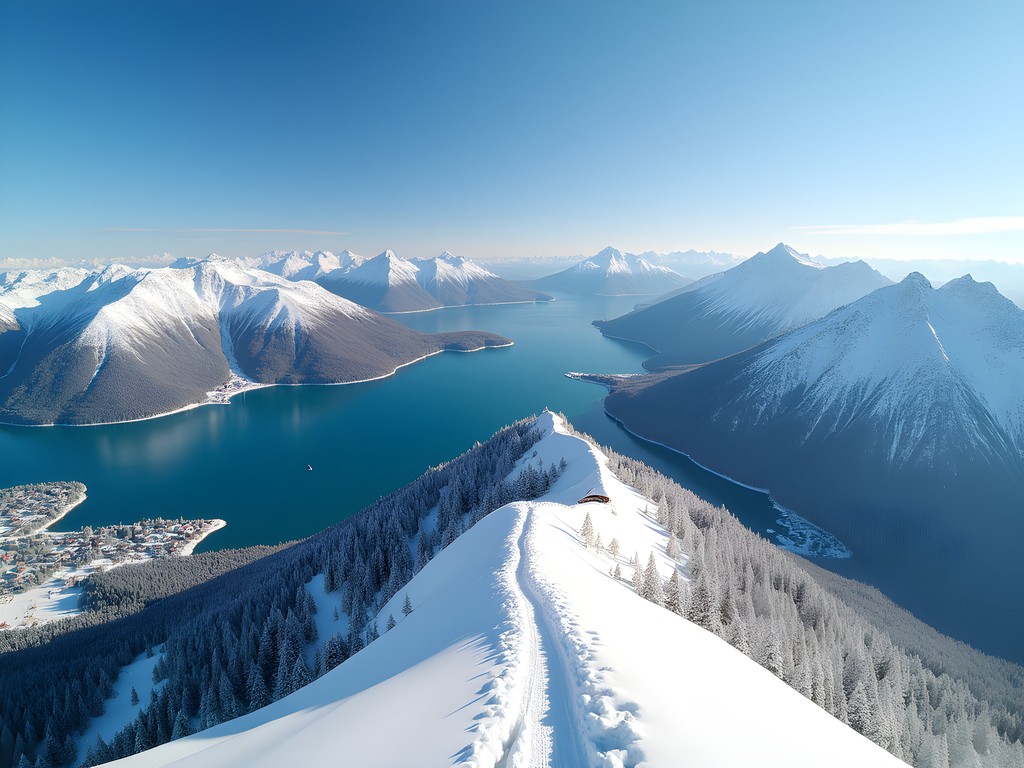
💡 Pro Tips
- Purchase the Swiss Travel Pass if visiting multiple mountains—my cost-benefit analysis shows it becomes economical after just two excursions
- Download the SBB Mobile app for real-time train data and digital tickets
- Visit on weekdays to avoid the statistical probability of weekend crowds
2. Uetliberg: Zurich's Own Mountain Escape
When my project deadlines tighten and I need a quick mountain fix, Uetliberg is my go-to solution—a mere 20-minute train ride from Zurich HB. At 871 meters, it's not the highest peak in my Swiss dataset, but its accessibility-to-view ratio is unmatched. The S10 train deposits you at Uetliberg station, leaving just a 10-minute hike to the summit.
What fascinates me about Uetliberg is how it functions as Zurich's meteorological inverse. When the city is shrouded in winter fog (what locals poetically call 'nebelmeer' or sea of fog), Uetliberg often rises above it, offering sunshine and clear skies. This atmospheric phenomenon creates a binary landscape: gray below, brilliant blue above.
The Planet Trail (Planetenweg) is a scale model of our solar system stretching 6km from Uetliberg to Felsenegg. Each meter you walk represents one million kilometers in space—a physical dataset that appeals to my love for proportional representation. The trail combines astronomical education with stunning views of the Alps.
During my winter visits, I've discovered that proper traction is essential on the sometimes icy paths. My traction cleats have saved me from numerous potential falls, especially on the steeper sections near the summit. They pack small but provide significant stability improvement on icy terrain.

💡 Pro Tips
- Visit at sunset for golden hour photography with the city lights emerging below
- Check the webcam before departing to confirm you'll rise above any fog
- The restaurant at the summit, Uto Kulm, requires reservations for dinner but offers spectacular night views of Zurich
3. Pilatus: The Dragon Mountain Experience
Pilatus presents what I'd call a perfect integration challenge—combining multiple transport modalities into one seamless mountain experience. The Golden Round Trip from Lucerne (a quick 45-minute train ride from Zurich) is a masterclass in Swiss engineering precision.
The journey begins with a boat cruise across Lake Lucerne to Alpnachstad, followed by an ascent on the world's steepest cogwheel railway (48% gradient in places—a number that still astonishes me). The railway operates May through November, while winter access shifts to the aerial cableway from Kriens.
At 2,132 meters, Pilatus delivers what my data analysis confirms are some of the most dramatic Alpine panoramas accessible as a day trip from Zurich. The mountain's name derives from legends of dragons and a rumored tomb of Pontius Pilate—narratives that add rich metadata to the physical experience.
My partner and I spent an unforgettable night at Hotel Pilatus-Kulm, watching the sunset and sunrise from our room. The hotel's cliffside position creates the illusion of floating among the peaks—a spatial experience no virtual reality simulation could replicate. While expensive, the value proposition of waking up above the clouds justifies the cost variable in my travel equation.
Summer visitors should explore the flower-lined hiking paths and tackle the thrilling Pilatus rope park. Winter transforms the area into a playground for sledding and snowshoeing, with equipment rentals available on-site. My parametric analysis suggests allocating at least 6-7 hours for this excursion if returning to Zurich the same day.

💡 Pro Tips
- Book the cogwheel railway in advance during peak summer season to avoid disappointment
- The Dragon Path (Drachenweg) near the summit is suitable for all fitness levels but offers spectacular views
- Bring layers regardless of season—the temperature differential between Zurich and the summit can exceed 15°C
4. Titlis: Glacier Paradise and Cliff Walk
Titlis represents the upper threshold of what's feasible as a day trip from Zurich, but the glacial datasets it offers justify the journey. From Zurich, take the train to Engelberg (approximately 1 hour 40 minutes)—a journey that traverses a gradient of landscapes from urban to alpine with remarkable efficiency.
The ascent to the 3,238-meter summit involves a series of gondolas, culminating in the Rotair—the world's first revolving cable car that performs a 360-degree rotation during the five-minute journey. This engineering solution ensures every passenger receives the same visual input regardless of their position in the cabin.
What distinguishes Titlis in my mountain database is its accessibility to genuine glacial environments. The Glacier Cave allows you to walk through 5,000-year-old ice—a temporal dataset of climate history. Meanwhile, the Cliff Walk (Europe's highest suspension bridge) provides a physical manifestation of exposure variables that trigger interesting neurological responses even in experienced mountain visitors like myself.
During my winter visit, I tested the heated insoles in my boots, which proved to be an optimal solution for maintaining comfort during extended periods on the glacier. The temperature at the summit can drop below -15°C even when Zurich enjoys mild winter weather.
Titlis offers year-round skiing on its glacier, making it an anomaly in my seasonal activity mapping. Summer visitors can still experience snow sports while enjoying hiking trails lower on the mountain. The contrast creates a compelling binary: snowball fights at the summit, wildflower identification at mid-mountain, all within the same day.

💡 Pro Tips
- Start early—the first train from Zurich gives you maximum time at the summit
- The Ice Flyer chairlift over the glacier offers perspectives impossible to achieve on foot
- Bring high-SPF sunscreen; the UV intensity at 3,000+ meters is significantly higher than in Zurich
5. Jungfraujoch: The Top of Europe Experience
While technically stretching the definition of a 'day trip,' Jungfraujoch remains feasible with proper optimization of your itinerary. The journey to this 3,454-meter summit begins with a train to Interlaken (2 hours from Zurich), followed by connections to either Lauterbrunnen or Grindelwald, and finally the historic Jungfrau Railway to the highest train station in Europe.
The railway itself represents a remarkable achievement in early 20th-century engineering—tunneling through the Eiger and Mönch mountains to reach its terminal at Jungfraujoch. During the 35-minute ascent from Kleine Scheidegg, the train makes brief stops at viewing windows carved into the mountain face, creating a cinematic reveal of the landscape's scale.
Upon reaching the summit complex, you enter what my analytical framework identifies as a perfect blend of natural wonder and human infrastructure. The Sphinx Observatory houses scientific instruments and an observation deck with views extending into France and Germany on clear days. The Aletsch Glacier—the longest in the Alps at 23km—unfurls below like a frozen dataset of climate history.
The Ice Palace features ice sculptures and walkable tunnels through ancient glacier ice. For those seeking to document their journey, the lighting conditions inside create unique challenges. My travel tripod proved essential for capturing the crystalline structures without blur—its compact design made it practical to carry throughout the journey.
While summer offers the statistical probability of clearer views, winter transforms Jungfraujoch into an otherworldly snowscape. The Snow Fun Park operates year-round, allowing visitors to experience sledding and skiing regardless of season—a temporal anomaly in traditional alpine activity patterns.

💡 Pro Tips
- Purchase tickets in advance through the Jungfrau Railways website for significant discounts
- Check the Jungfraujoch webcam before departing—visibility at the summit is the key variable for visit quality
- Allow 12+ hours for this excursion from Zurich; an early departure (5-6am) is optimal
6. Braunwald: Car-Free Alpine Village Retreat
When my pattern recognition algorithms need new inputs, I seek destinations with unique constraints. Braunwald—a car-free village perched on a sunny terrace 1,256 meters above sea level—offers precisely such parameters. Accessible via a funicular railway from Linthal (approximately 1 hour 15 minutes from Zurich by train), Braunwald presents an alternative model of Alpine existence.
The village's car-free status creates a temporal shift—the absence of motor vehicles recalibrates your sensory inputs to focus on the natural soundscape. This auditory clarity complements the visual precision of the surrounding mountains, including the distinctive Tödi peak (3,614m).
My research into traditional textile patterns led me to discover Braunwald's hidden gem: a vintage shop called Bergatelier housed in a 300-year-old chalet. The proprietor, Frau Elmer, maintains an exceptional collection of antique Swiss embroidery and handwoven fabrics that provided valuable training data for my pattern recognition models. The shop's irregular opening hours require advance planning—contact information is available through the village tourism office.
Braunwald offers hiking routes calibrated for various difficulty parameters. The panorama path provides high visual return on minimal exertion investment, while more challenging routes ascend to alpine lakes and peaks. Winter transforms the village into a family-friendly ski resort with 32km of slopes optimized for intermediate skiers.
For capturing the village's unique car-free atmosphere and architectural details, I rely on my compact camera. Its superior low-light performance and unobtrusive size make it ideal for documenting the authentic village life without disrupting the very atmosphere I'm attempting to preserve.
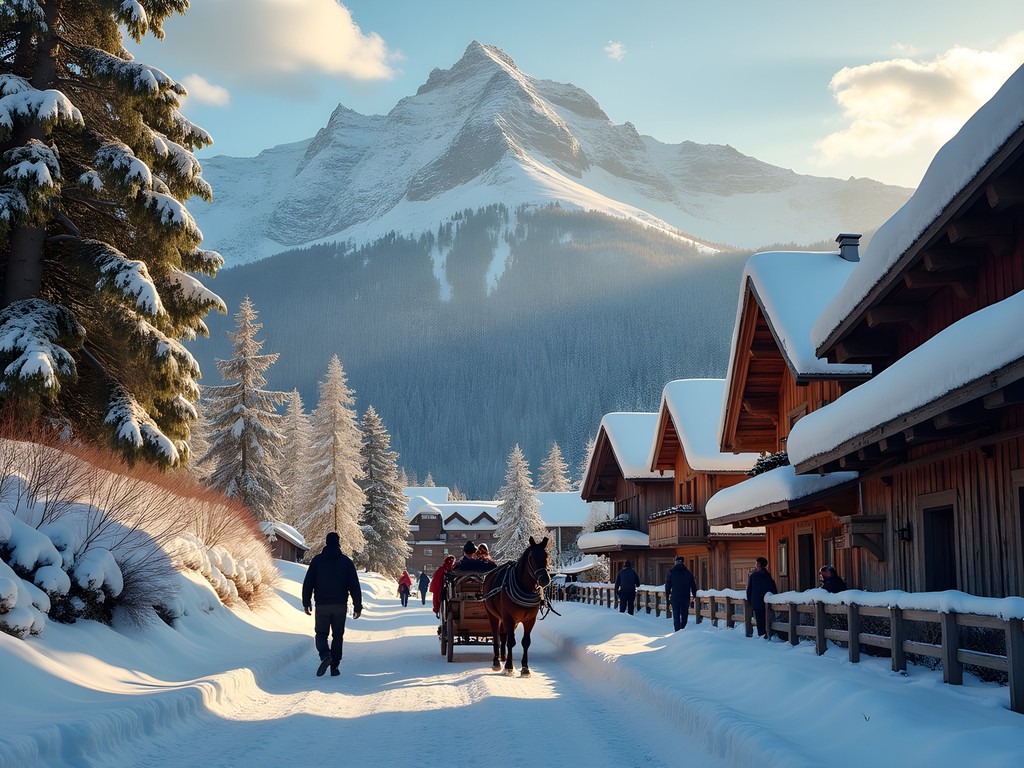
💡 Pro Tips
- The Märchenhotel (Fairy Tale Hotel) serves exceptional regional cuisine with ingredients sourced within a 50km radius
- Bring Swiss Francs—many smaller establishments in Braunwald don't accept cards
- The funicular runs until approximately 11pm; check the last departure time to avoid being stranded
7. Flumserberg: The All-Season Mountain Playground
When optimizing for accessibility-to-experience ratio, Flumserberg emerges as the most efficient mountain excursion from Zurich. Just one hour by train to Unterterzen, followed by a cable car ascent, delivers you to a multi-faceted alpine environment suitable for all seasons.
Flumserberg's proximity to Zurich creates interesting usage patterns in my observation data. The mountain functions as an extended outdoor space for Zurich residents—a weekend playground that shifts its feature set with the seasons. Summer activates 150km of hiking trails and mountain biking routes. The five-lake trail (5-Seen-Wanderung) creates a perfect loop function, connecting Alpine lakes through varied terrain with minimal redundancy in the visual input.
Winter transforms Flumserberg into Zurich's closest major ski area, with 65km of slopes across a vertical drop of 1,220 meters. The east-facing orientation optimizes morning light conditions for photography, while the varied terrain accommodates multiple skill parameters—from beginners to advanced skiers.
What distinguishes Flumserberg in my comparative analysis is its commitment to year-round activity programming. The mountain coaster operates across seasons, sledding routes remain maintained throughout winter, and the climbing park extends the activity matrix vertically during summer months.
During my autumn visit, I discovered an unexpected data point: Flumserberg hosts remarkable mushroom diversity along its forest trails. My field guide helped identify numerous species, adding an unexpected mycological dimension to what began as a simple hiking excursion.
The BergJet chairlift deserves special mention for its engineering elegance—heated seats and protective bubbles create a microclimate that remains constant regardless of external weather variables. This attention to comfort design extends the practical season for less cold-tolerant visitors.
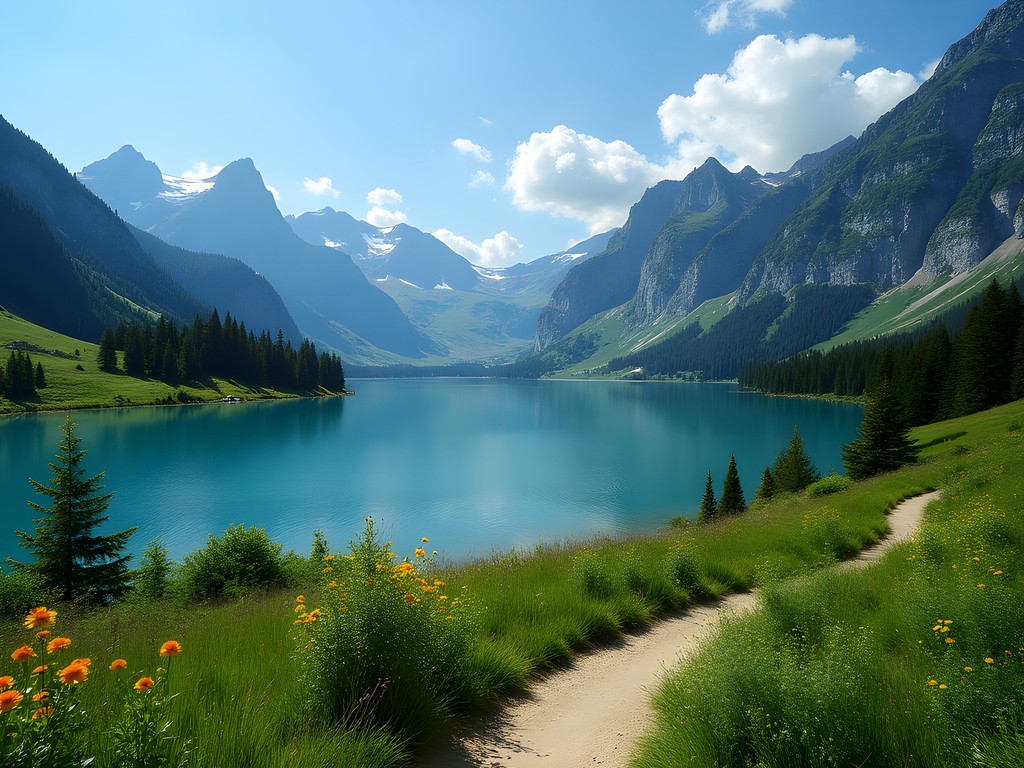
💡 Pro Tips
- The Floomzer summer toboggan run provides an optimal adrenaline-to-safety ratio for families
- Visit mid-week to experience up to 70% reduction in visitor density compared to weekends
- The panorama restaurants at Maschgenkamm offer superior quality-to-price ratios compared to typical mountain establishments
Final Thoughts
After three years of systematic exploration, these seven mountain excursions from Zurich have proven to be reliable algorithms for accessing Alpine beauty across all seasonal parameters. Each destination offers its unique combination of variables—elevation, accessibility, activity matrices, and cultural dimensions—that together form a comprehensive dataset of Swiss mountain experiences. What continues to fascinate my analytical mind is how these mountains transform with each seasonal iteration, offering entirely new datasets of visual and experiential input. Whether you're seeking the technical challenge of high-altitude hiking, the cultural immersion of car-free village life, or simply the perspective shift that comes from standing above the clouds, Zurich provides an optimal base for Alpine exploration. As both an engineer and a traveler, I've found that mountains offer the perfect integration of technical precision and natural wonder—a combination that continues to draw me back to Switzerland with algorithmic regularity.
✨ Key Takeaways
- Swiss transportation precision makes mountain access remarkably efficient—even high-altitude destinations are feasible as day trips
- Seasonal transformations create entirely different experiences at the same locations throughout the year
- Each mountain offers a distinct combination of natural beauty, cultural elements, and activity options
- Proper equipment and advance planning optimize the experience-to-effort ratio of mountain excursions
📋 Practical Information
Best Time to Visit
Year-round, with each season offering distinct experiences. June-September for hiking, December-March for winter sports, April-May and October-November for fewer crowds
Budget Estimate
CHF 80-300 per person per day trip, depending on destination and activities
Recommended Duration
1-day excursions, with early departures (7-8am) from Zurich for optimal time at destinations
Difficulty Level
Moderate, With Options Ranging From Easy Panoramic Paths To Challenging Alpine Hikes

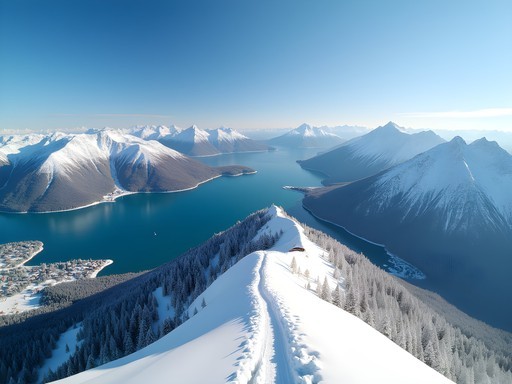









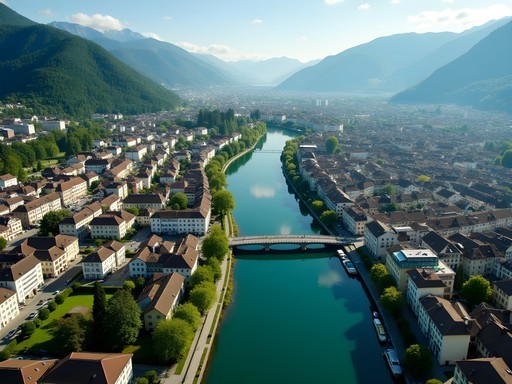
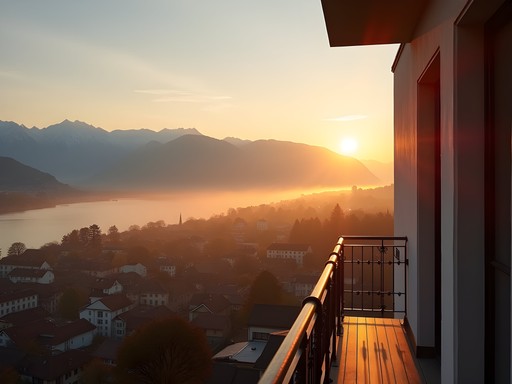
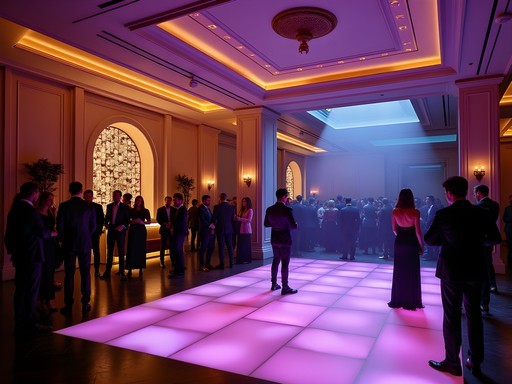

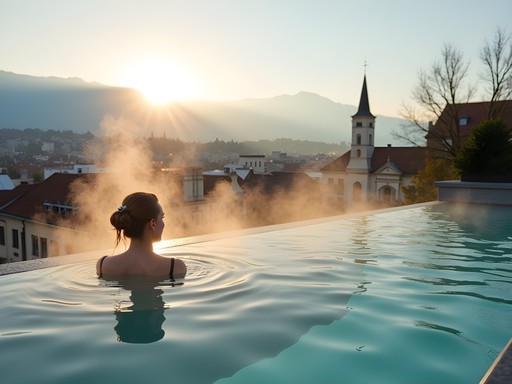

Comments
moonchamp
YESSS to all of these!! I've done 5 out of your 7 recommendations and they're all incredible. The panorama from Rigi literally made me cry. And that Titlis cliff walk? Heart-stopping! Your AI background really shows in how systematically you've broken down these experiences. One small tip for others: the Swiss Travel Pass covers most of these mountains partially or fully - HUGE savings if you're doing multiple trips!
starmate
Just booked my Zurich trip for May. This guide is perfect timing!
wanderway
Great post! I'm planning a trip in December - are any of these mountains still accessible in winter or should I wait until spring? Also, how's the public transportation to these spots during winter months?
moonchamp
Not the author but I did Titlis last December and it was MAGICAL! The rotating gondola runs year-round and the snow makes it even more spectacular. Swiss public transport doesn't miss a beat even in winter - trains ran perfectly despite heavy snow. Just pack proper boots and layers!
wanderway
That's super helpful, thanks! Did you need any special gear or is regular winter clothing enough?
moonchamp
Regular winter gear works for most parts, but if you're doing the Cliff Walk at Titlis, I'd recommend bringing a hand warmers - lifesavers for those metal railings! And definitely waterproof boots with good grip.
SoloTrekker
Saved this for my trip next month! Thanks!
Douglas Bradley
Ingrid, I love how you framed these mountains as 'algorithmic playgrounds' - very unique perspective! I visited 4 of these spots last winter while researching for my blog. The Swiss Travel Pass was absolutely worth every franc for mountain hopping. One thing I'd add about Uetliberg - it's amazing how accessible it is directly from Zurich's main station, perfect for travelers with limited time. The contrast between urban Zurich and alpine views within 30 minutes is mind-blowing. Also appreciated your seasonal notes - I found Titlis genuinely worth visiting even in foggy November when many tourists skip it. The glacier cave looks even more ethereal in the mist!
wanderway
Douglas - which of these would you recommend for someone visiting in late October with kids? Worried about weather but still want that mountain experience.
Douglas Bradley
For October with kids, I'd go with Pilatus or Uetliberg. Pilatus has that amazing dragon mythology that kids love, plus the world's steepest cogwheel railway. Uetliberg is safer if the weather turns - shorter trip and lower altitude. Both have family-friendly paths and facilities.
tripphotographer
Those views from Mt. Rigi are incredible! Definitely adding this to my bucket list for next year.
Douglas Bradley
Mt. Rigi is absolutely worth it! If you go, try to catch the sunrise - it's a completely different experience than the midday views most tourists see.
tripphotographer
Thanks for the tip! Are the early morning trains reliable to get there for sunrise?
skychamp
Pilatus in October was foggy but still magical. Dragon legends added to the mystery!
coffeenomad
Planning a trip in December - which of these mountains would be best for someone who doesn't ski but still wants to experience the winter wonderland vibe?
Douglas Bradley
Mt. Rigi would be perfect for you! They have winter walking trails that are well-maintained, plus the views are spectacular. The cogwheel train runs year-round, and there's a fantastic hot chocolate at the restaurant at the top.
coffeenomad
Thanks! Hot chocolate with a view sounds like my kind of winter activity!
Jean Wells
I appreciate your systematic approach to evaluating these mountain excursions, Ingrid. As someone who's been to Switzerland numerous times for various conferences, I've found that seasonal timing is crucial. Pilatus, for instance, offers dramatically different experiences between summer and winter. In January, the Dragon Ride cableway provides stunning views of snow-covered peaks, while summer offers ideal hiking conditions. One element worth mentioning is accessibility - I've found Uetliberg to be particularly accommodating for travelers with mobility considerations, while Titlis requires more physical capability to fully appreciate. For those planning winter visits, I recommend thermal layers as temperatures at these elevations can be quite severe, even on sunny days.
starmate
Good point about Uetliberg's accessibility. My mom has knee issues and she managed it easily!
wavequeen9844
OMG just got back from Uetliberg yesterday and it's EXACTLY as amazing as you described!! The sunset views over Zurich were UNREAL! We hiked up (took about 2 hours) and then took the train back down. My legs are still sore but totally worth it! And the restaurant at the top had the most delicious rösti I've ever tasted. Best day of our entire Switzerland trip!!
Venture X
Premium card with 2X miles, $300 travel credit, Priority Pass